High-Temp RF Coaxial Cables
Harbour Industries is the leading supplier of QPL approved MIL-DTL-17 cables. All 50 Ohm constructions are swept for VSWR to ensure product quality. To meet demanding customer requirements, Harbour manufactures special versions of MIL-DTL-17 cables. Harbour's MIL-DTL-17 cables are used in wireless and cellular communication systems and antenna systems around the world.
Harbour also manufactures special high-temp RF Microwave cables used for numerous military and commercial aerospace applications, radio communication systems, internal RF transmission lines, and antenna distribution systems. These special series of cables include LL Low Loss coax with high velocity PTFE dielectrics and composite shields for high frequency and high power applications. Flat strip braids are also used in Harbour's SB Coax series, and spiral shields are used in Harbour's SS Coax series.

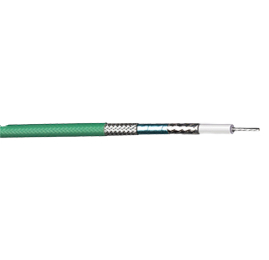
Harbour Industries is the global leader in the product engineering and manufacturing…
Learn More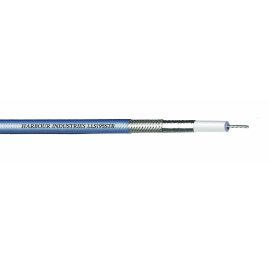
Expanded PTFE tape dielectrics. Frequency Ranges up to 40 GHz. Both Stranded and…
Learn More
Harbour Industries is the global leader in the product engineering and manufacturing…
Learn More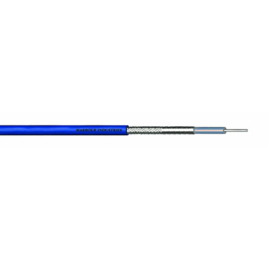
Harbour Industries is the global leader in the product engineering and manufacturing…
Learn More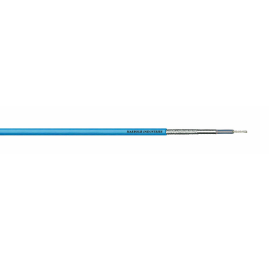
SFL are more flexible versions of SS. 50 Ohm versions with VSWR levels that meet…
Learn More
Harbour Industries is the global leader in the product engineering and manufacturing…
Learn More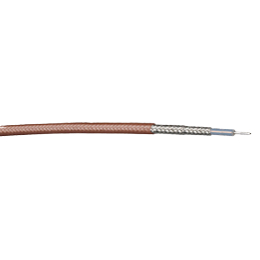
Harbour Industries is the global leader in the product engineering and manufacturing…
Learn More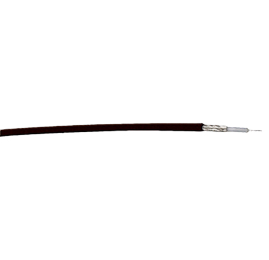
Harbour Industries is the global leader in the product engineering and manufacturing…
Learn More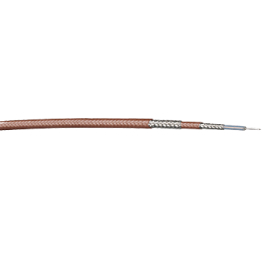
Harbour Industries is the global leader in the product engineering and manufacturing…
Learn MoreInterested in Learning More About Us?
Harbour Industries is the global leader in product engineering and manufacturing of high temperature and high-performance cable. Our product and process engineering expertise ensures the highest quality products manufactured to precise customer specifications.
Certifications
Certifications and Compliance
- AS9100D
- REACH
- Proposition 65 - California
- RoHS






